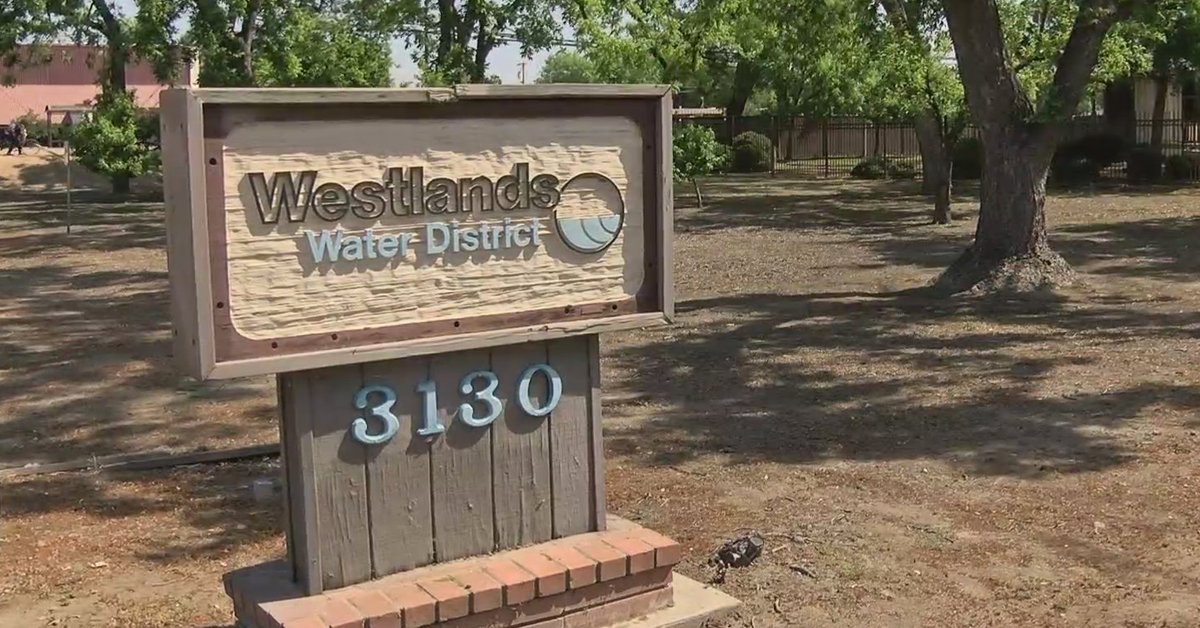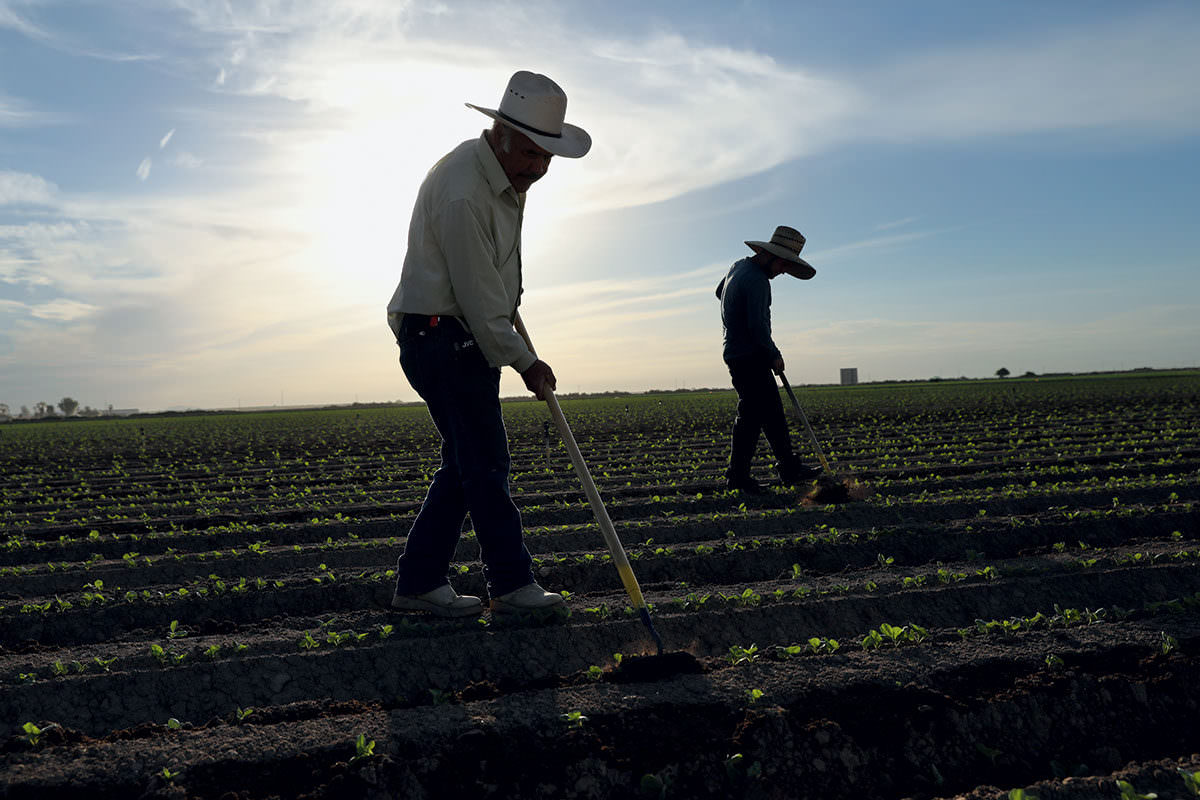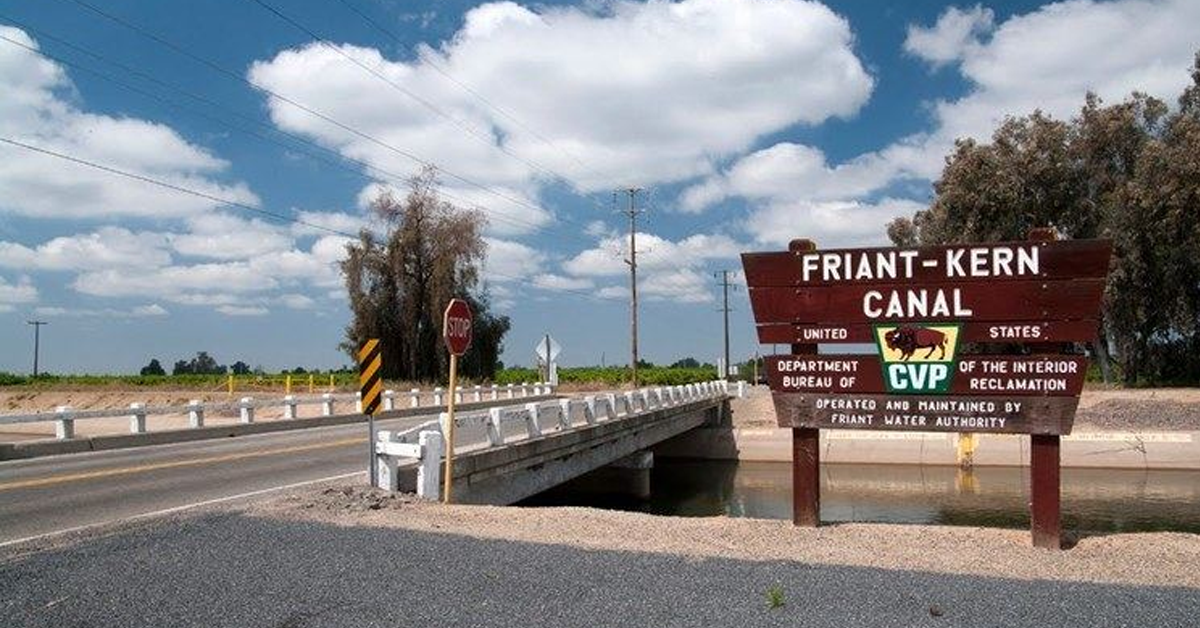Westlands Water District is able to keep over 2,400 acre-feet of groundwater in the aquifer of the Westside Subbasin because of a state grant.
The water district announced Monday that eight farms were awarded LandFlex grants, facilitating the district’s ability to save more groundwater by retiring land.
The backstory: California’s LandFlex program incentivizes growers to permanently reduce pressure on aquifers and transition to sustainable farming practices.
- LandFlex provides up to $350 per acre-foot for fallowing land for one year, $1,000 per acre-foot to permanently eliminate each acre-foot of annual pumping that exceeds locally determined levels of groundwater sustainability and $250-$2,800 per acre for the removal of permanent tree crops, purchasing upcycled ag waste for dairy feed replacement and planting cover crops that use natural rainfall to grow.
Driving the news: Westlands farmers submitted over $40 million worth of projects to LandFlex, which covered 11,100 acres.
- The state selected eight applications and provided nearly $4 million to implement the projects.
- According to Westlands, priority was given to projects that would have a positive benefit on drinking water wells.
What they’re saying: Westlands General Manager Allison Febbo thanked the California Department of Water Resources for providing the funds to the district’s farmers.
- “Forty-five eligible farmers in Westlands submitted applications for LandFlex grant funding – underscoring the importance of investment in programs that support our farmers’ commitment to improving our region’s climate resilience by implementing practices that promote a sustainable groundwater supply,” Febbo said.
- Febbo added, “The District is committed to working with our farmers and District communities on implementing projects and programs including groundwater recharge and land repurposing that both provide for a sustainable groundwater supply and maximize the benefits of the land.”










